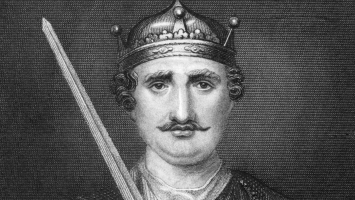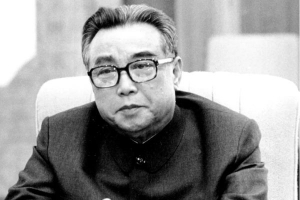Top 5 Interesting Facts about Caracalla
The great emperors Augustus, Trajan, Hadrian, and Vespasian made the Roman Empire famous across the world for their charitable deeds. Caracalla, Diocletian, ... read more...and Domitian were three of the worst emperors to rule any empire, as they were in all others. Caracalla is well known for his involvement in terrible wars and the building of a huge bath facility. Caracalla was a renowned emperor who was busted for several offenses. The Roman era is an intriguing period to learn about because of its terrible and inhumane actions. The top most interesting facts about Caracalla are listed below.
-
First of all, one of the most interesting facts about Caracalla is Caracalla was not his original name. Caracalla was born on April 4, 188, as Lucius Septimius Bassianus in Lugdunum. During the latter years of the reign of emperor Commodus, Septimius Severus served as the governor of Gallia Lugdunensis. At age 5, he received the title "Augustus," indicating that he belonged to a wealthy social elite. Caracalla's name was changed to Marcus Aurelius Antoninus when he reached the age of seven.
His father, who was now an emperor, oversaw it. His father desired a link between the current Nerva-Antonine Dynasty and the upcoming Severan Dynasty. As a result, the word Caracalla continued to describe a certain kind of cloak. While engaged in battle with Germanic tribes along the Roman Empire's boundary with the Danube River, he donned the tunic. The historians made derogatory use of this moniker. During the period, similar cloaks were worn by Roman emperors. As a result, the emperor's given name was never Caracalla.
The emperor was referred to as "Tarautas" by the ancient historian Cassius Dio. One of the most vicious and ferocious gladiators is mentioned. It offers a sense of how people at the time perceived Caracalla.
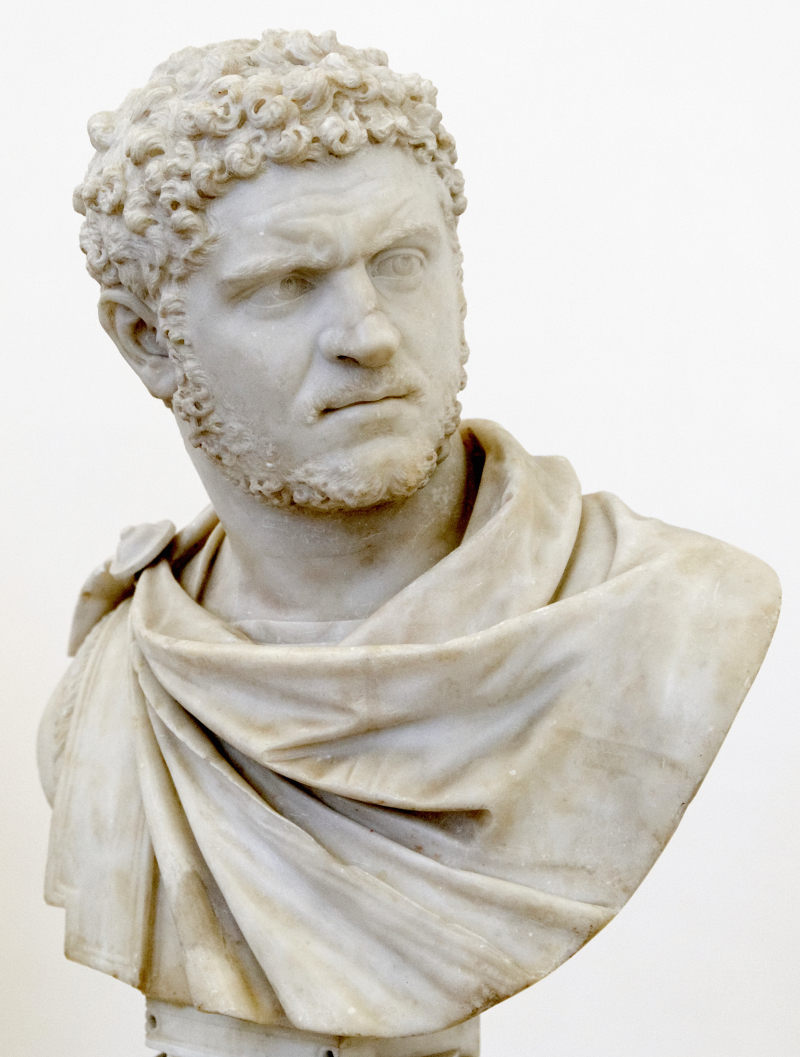
Photo: https://en.wikipedia.org/ 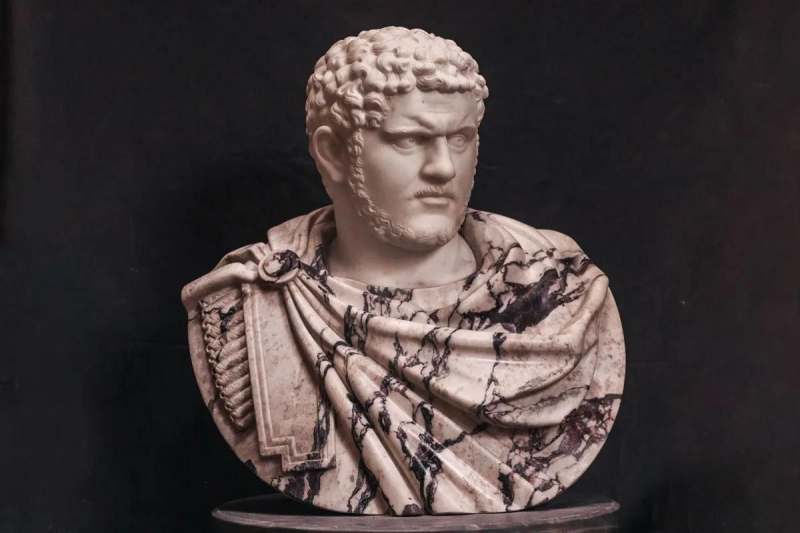
Photo: https://www.pilloledistoria.it/ -
In his whole life, Caracalla had only ever obeyed his father and Alexander the Great. Alexander was revered and adored by him for his outstanding military leadership. Alexander the Great was a Greek-Macedonian commander who won several significant battles. Caracalla was very inspired by each of these.
He blatantly copied Alexander's fashion. When he became emperor, his military campaign was where it all began. Alexander's fascination with Caracalla was unfathomable. Images of Alexander would be displayed around Caracalla's imperial capital.
Herodian claims that Caracalla preserved the odd pictures, including one with a double face. Caracalla and Alexander were shown on opposite sides of the painting. Additionally, according to Cassius Dio, Caracalla imitated Alexander in how he ran the army. With 16,000 men in his army, Caracalla organized the military in typical Macedonian fashion.
It was simply known as "Alexander's Phalanx" and served as a monument to the 4th century B.C. styles of leadership. Caracalla intended for his trip to the East to be a copy of Alexander's.
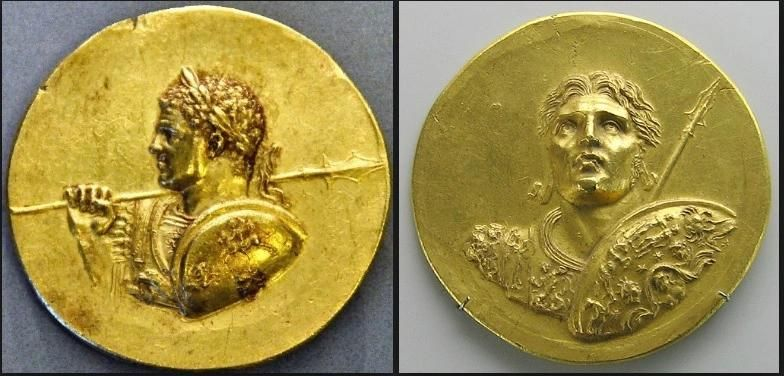
Photo: https://alexandrei0n.wordpress.com/ 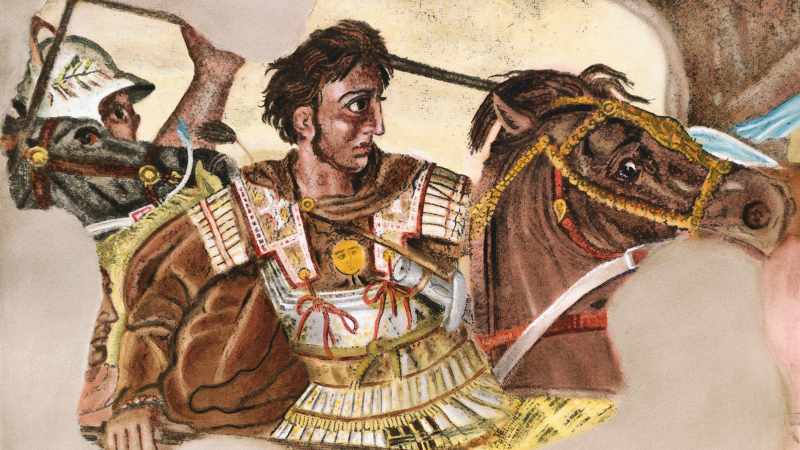
Alexander the Great - Photo: https://history.howstuffworks.com/ -
The building of the Baths of Caracalla was among the most amazing things Caracalla had accomplished. When Caracalla became the only emperor in 211 AD, construction on the Baths of Caracalla began, and it was finished in 216 AD. These buildings were the second-largest public baths in Rome during the Classical Period. They remained in use until the 1950s, at which point they were destroyed.
The area of these enormous baths was about 202,000 square meters. Approximately 1,600 bathers may be accommodated at once. The term "baths" alluded to the then-common Roman habit of constructing complexes. These structures were utilized for governmental and social functions. In any case, the Baths of Caracalla had a stadium, workout grounds, and swimming pools. They also had numerous additional facilities including steam rooms, libraries, conference spaces, and fountains.
These many entertainment venues can all fall under formal gardens. In addition, the interior areas had mosaics, columns, and flooring made of vibrant marble.
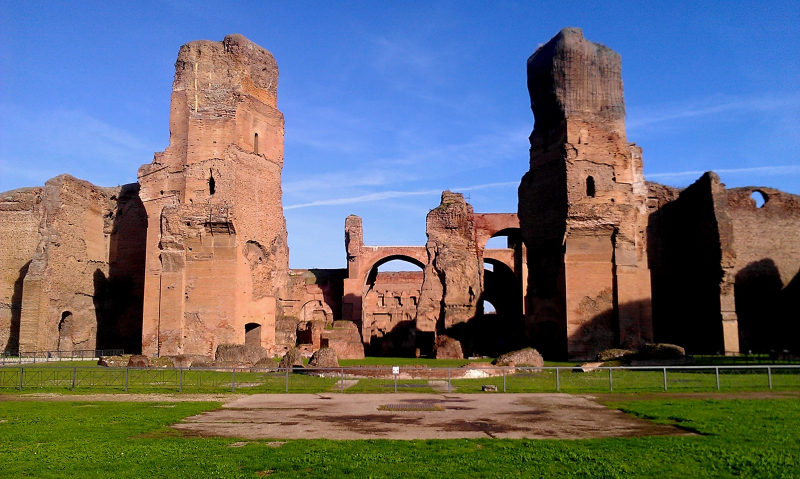
Photo: https://en.wikipedia.org/ 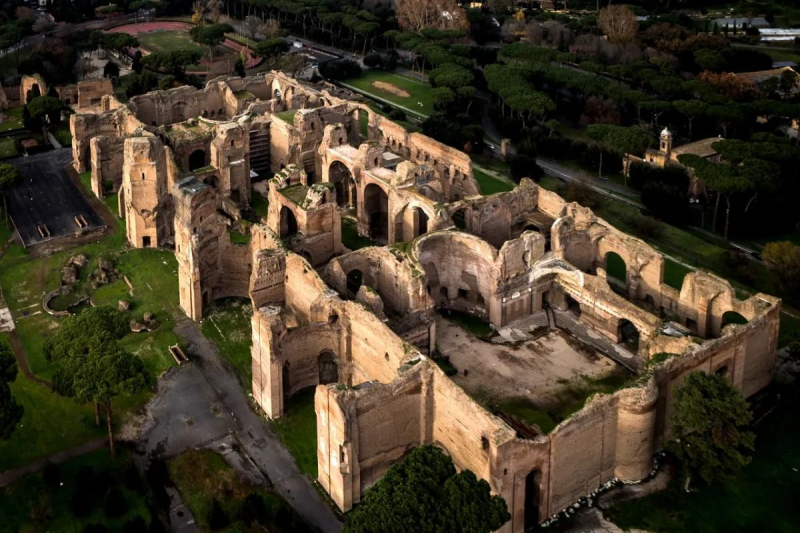
Photo: http://www.ruggeroarena.com/ -
Not all of Septimius Severus' children were named Caracalla. Geta, his younger brother, was just eleven months younger than him. Over royal ownership, there was perpetual contention. Caracalla and Geta shared control of the Empire after the passing of their father. The two do not, however, have a connection like that of Marcus Aurelius and Lucius Verus. To become the single ruler, the two brothers continuously plotted against one another. Every time they attempted to decide on the future of the country as a whole, they clashed.
Herodian claims that the brothers partitioned the royal palace once things became worse. They even attempted to get their cooks to taint the meals of the opposition. Only Julia Domna, their mother, intervened to halt her son's wrongdoings. Otherwise, they succeeded in dividing the entire Empire.
Caracalla attempted to kill his brother once the partition of the Empire was disbanded. But his objective was a failure. A meeting with his mother and brother was then scheduled for the royal residences. Caracalla had his brother killed before Geta and his mother arrived. On December 26, 211, he accomplished it with the aid of centurions. His mother frequently sobbed.
Even though his sibling sought to hide in his mother's arms, Caracalla nonetheless managed to kill him. Caracalla didn't remain here. He gave the order to murder 20,000 of Geta's supporters.
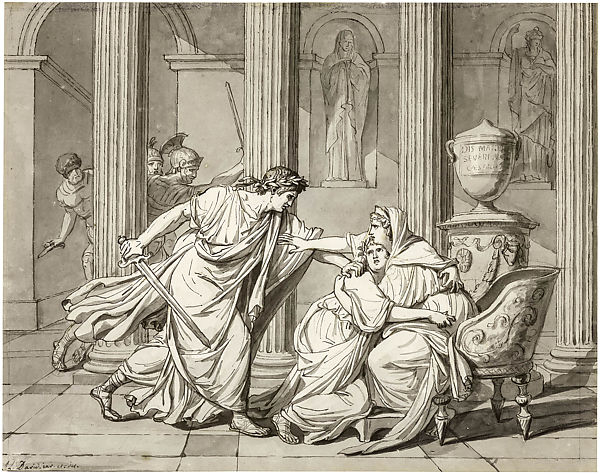
Photo: https://www.metmuseum.org/ 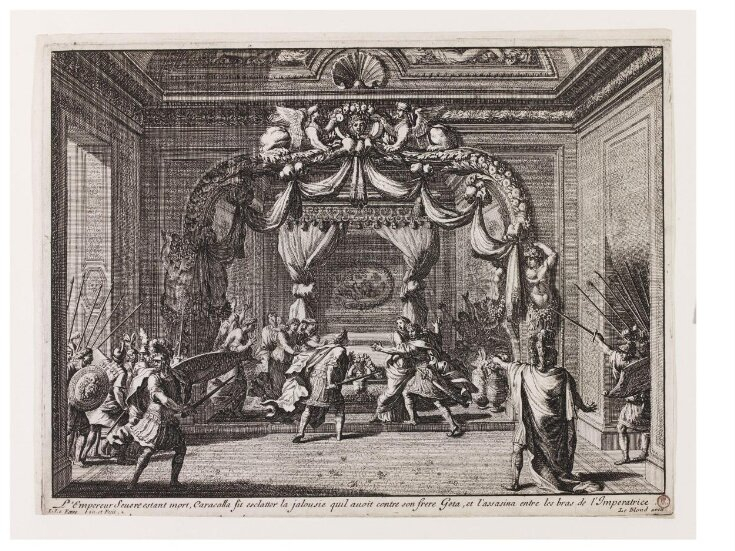
Photo: https://collections.vam.ac.uk/ -
In 14, Caracalla was forced to marry a woman, which was considered one of the most interesting facts about Caracalla. At the age of 11, just two years after receiving various titles, he was referred to as the "Pater Patriae," or "Father of the Fatherland." Soon after, he and his father both received their first appointments as consuls.
Gaius Fulvius Plautianus, the commander of the Praetorian Guard, compelled him to wed his daughter. She was a distant relative of Julius Caesar's first wife by the name of Fulvia Plautilla.
Although Fulvia Plautianus was a clever and kind lady, Caracalla detested having to forcefully wed her. The lavish wedding occurred between April 9 and April 15 of the year 202 A.D. The marriage was miserable from the beginning since he didn't like her at all. In the year 204 AD, they welcomed a daughter. After the death of Fulvia's father, Caracalla banished her. Later, Fulvia was enigmatically killed, perhaps on Caracalla's instructions.
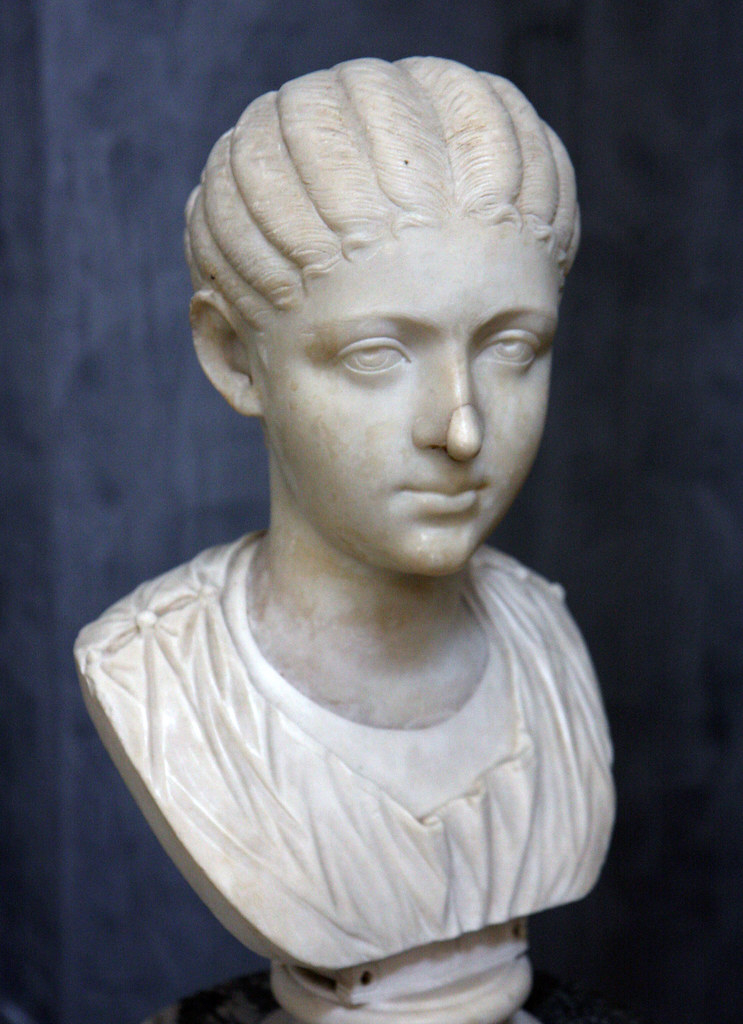
Gaius Fulvius Plautianus - Photo: https://www.flickr.com/ 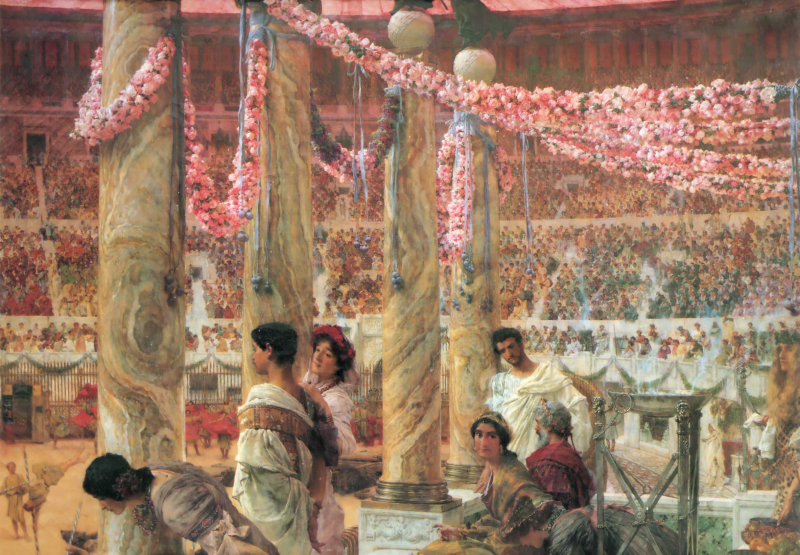
Photo: https://www.walksinsiderome.com/











